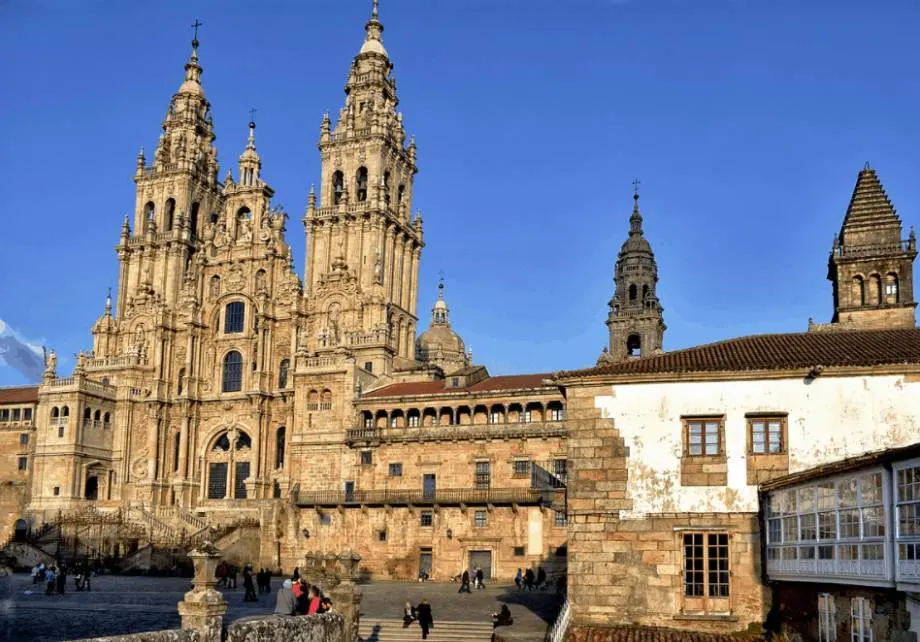Spain has a lot of fascinating landmarks and natural treasures. That’s why it wasn’t enough to pick just 7 wonders of Spain, which would be a reference to the original list, but rather select 12 to create a list referred to as the “12 Treasures of Spain.”
The candidates were selected in an international voting competition similar to how the new 7 wonders of the world were chosen. The original list contained a whopping 9,000 entries which were narrowed down to 20.
The winners were announced on December 31, 2007, and in this post, you’ll discover what the 12 Treasures of Spain are, most of which are architectural wonders!
1. Alhambra
The Alhambra is located in Granada in the Andalusia region in the south of the country. It’s a famous palace and fortress that was built over multiple centuries and which combines multiple architectural styles.
Its name refers to the small stronghold it used to be called “The Red One,” referring to the color of the stones it was constructed with. One of its most famous structures is a Renaissance building called the Palace of Charles V.
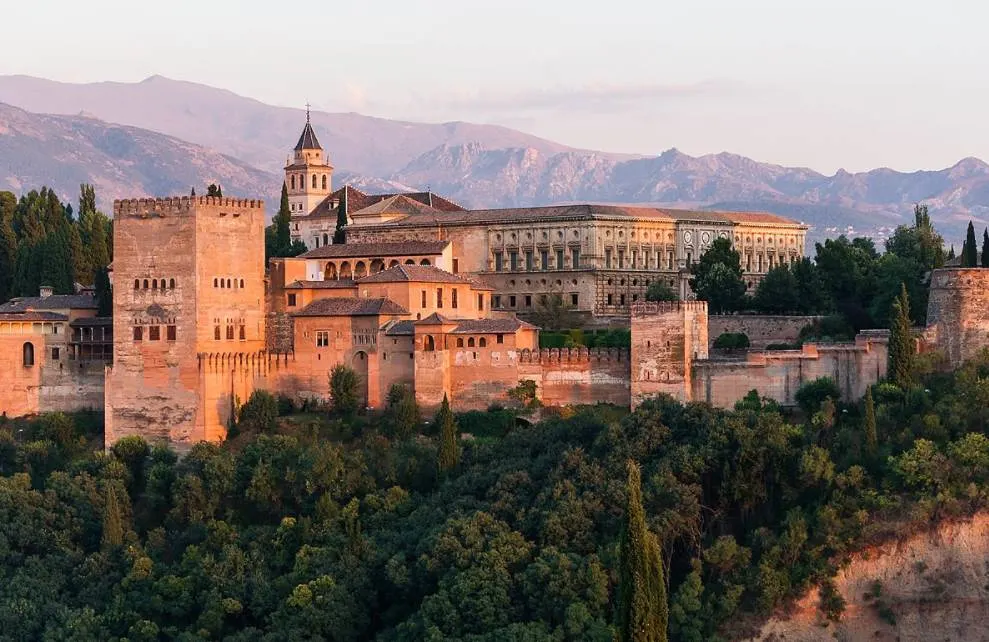
2. Sagrada Família
The Sagrada Família is located in Barcelona and is one of the most famous churches in the world, mainly because of its unique architectural design by the Catalan Modernist architect Antoni Gaudí (1852–1926).
This incredible landmark is still not completed after construction started in the late 19th century and the project is awaiting to be completed any time soon.

3. Seville Cathedral
Seville Cathedral is another famous church in the city of Seville in the south of Spain. It’s one of the 12 treasures of Spain for several reasons and features one of the world’s most influential bell towers called La Giralda.
With a length of 135 meters (443 feet) and a maximum width of 100 meters (330 feet) the 4th-largest church in the world and the largest church in the Gothic architectural style in the world as well.

4. Guggenheim Museum Bilbao

The Guggenheim Museum in Bilbao is a museum of modern and contemporary art and one of many museums belonging to the Solomon R. Guggenheim Foundation.
It was designed by renowned American architect Frank Gehry and is one of the most remarkable museums in the world. Its modern design is considered to be the epitome of contemporary architecture.

5. Cathedral of Córdoba
The Cathedral of Córdoba is a combination of a mosque and a cathedral in the south of Spain and is another famous building in the region that has its roots in times when part of Spain was under Muslim rule.
Therefore, it’s also sometimes referred to as the “Great Mosque of Córdoba” or the “Mezquita.” It’s considered to be one of the most famous structures in European Moorish architecture.
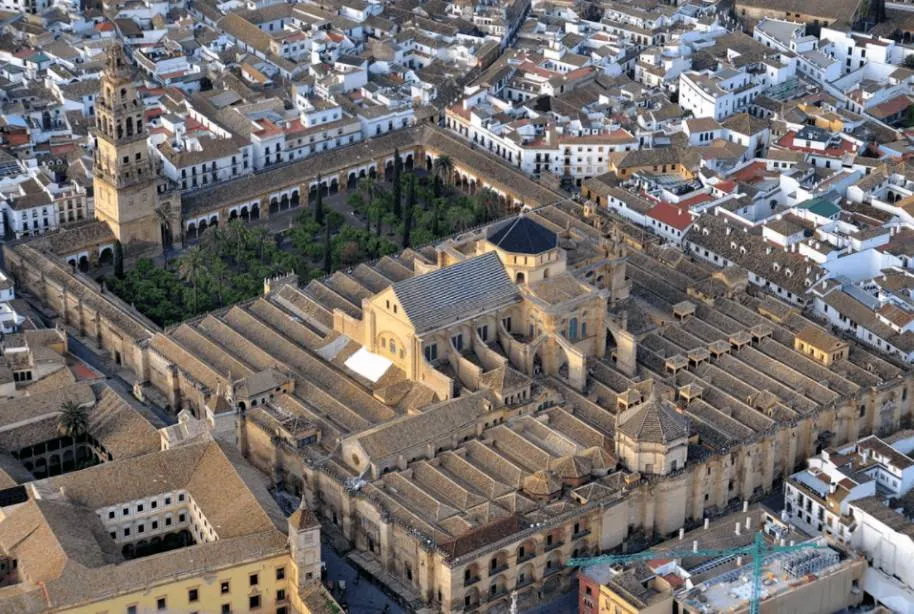
6. Roman Theater of Mérida
The Roman Theater of Mérida is a remarkably well-preserved Roman amphitheater that was constructed in the years 15 and 16 B.C., quite a while ago indeed.
It was commissioned by Roman consul Vipsanius Agrippa who was also responsible for the construction of the original Roman Pantheon. This amphitheater is one of the most famous Roman structures in Spain, together with the Amphitheatre of Mérida.
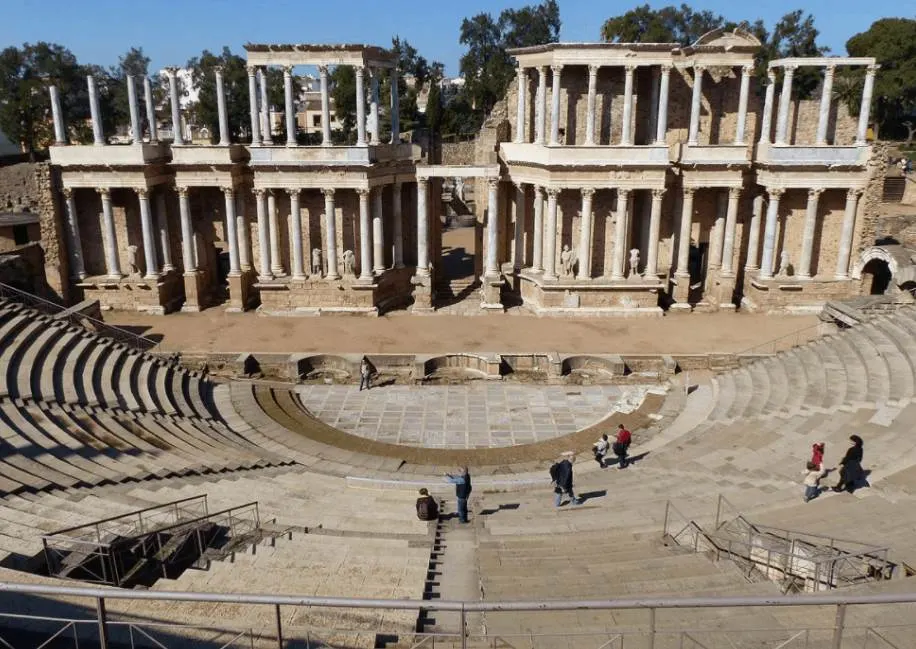
7. Beach of La Concha
The Beach of la Concha is one of the most amazing beaches in the world. It’s located in the city of San Sebastián in the Basque Country and the “Bay of la Concha.”
It’s world-famous because it has a remarkable crescent shape that is lined today with apartment buildings. It’s considered to be one of the most famous urban beaches in Europe.

8. Basilica of Our Lady of the Pillar
The Basilica of Our Lady of the Pillar is a Roman Catholic church in the city of Zaragoza. It’s believed that the history of the church dates back to the origins of Christianity in the country.
This event was an apparition of Saint James the Great, the apostle who brought the religion to Spain. The current building was constructed between 1681 and 1872, mainly in the Baroque architectural style.
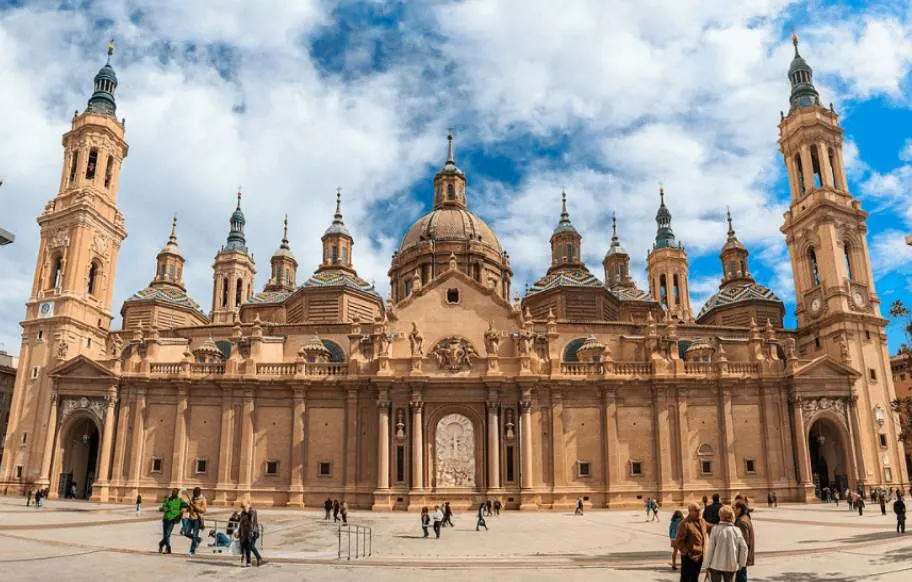
9. Teide National Park
Mount Teide is one of the most famous mountains in the world and the highest mountain in Spain with an elevation of 3,718 meters (12,198 feet).
What makes this so remarkable is the fact that this mountain isn’t located on Spain’s mainland but one of its islands Tenerife, one of the Canary Islands. The Teide National Park has an area of 189.9 square kilometers (73.3 square miles) and is visited by more than 4 million tourists every year.
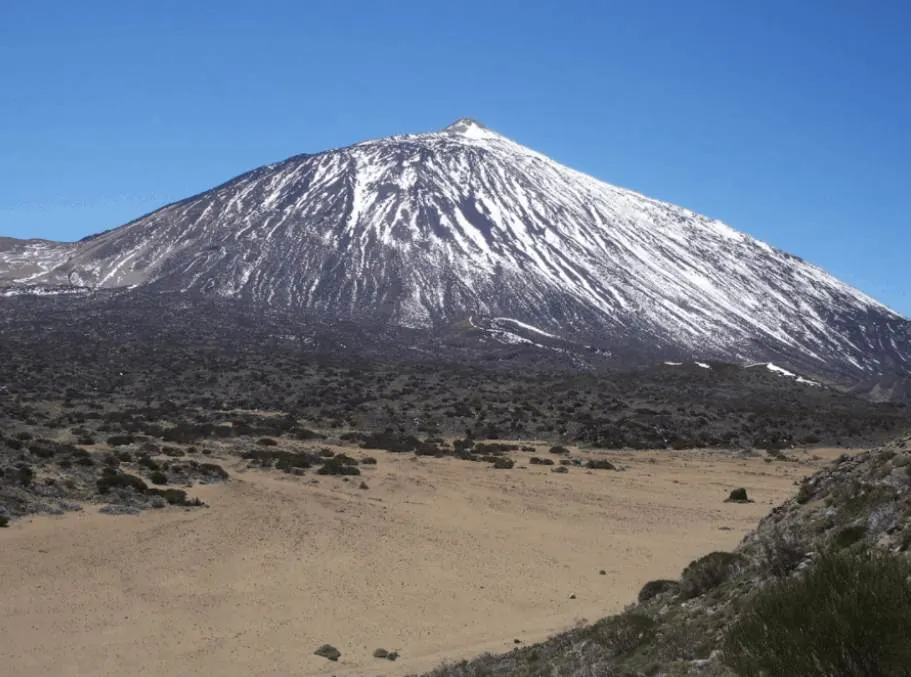
10. Ciudad de las Artes y las Ciencias
The Ciudad de las Artes y las Ciencias is known in English as the “City of Arts and Sciences.” It’s the most popular tourist attraction in the city of Valencia and was designed by the local but world-famous architect Santiago Calatrava.
The original phase of the project was constructed between 1996 and 1998. The project has been extremely expensive as it tripled the initial 300 million euro budget when the final phase was completed in 2009!

11. Cave of Altamira
The Cave of Altamira is a cave complex near the town of Santillana del Mar in Cantabria, in the north of Spain. The caves are world-famous because they feature some of the oldest drawings in the world.
Some dating back to the Upper Paleolithic which was around 36,000 years ago! It’s one of the most fascinating of the 12 treasures of Spain because the drawings are remarkably well preserved for being so old as well.
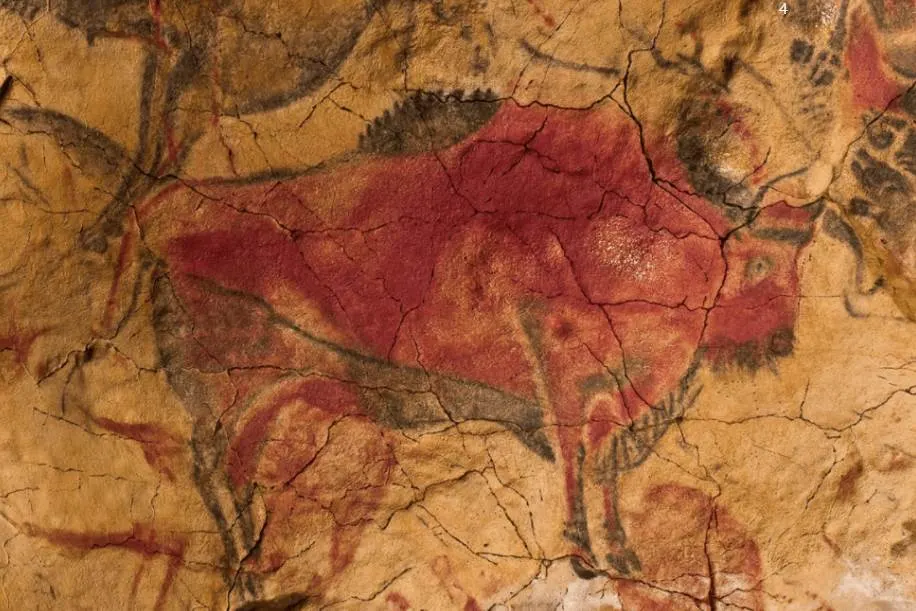
12. Cathedral of Santiago de Compostela
The Cathedral of Santiago de Compostela is part of a larger pilgrimage complex in Santiago de Compostela, a city in Galicia in the northwest of Spain. It’s believed that the cathedral is the burial place of the apostle of Jesus Christ named Saint James the Great.
The area has been a pilgrimage since the early Middle Ages as part of the Way of St. James. The cathedral was constructed in several phases and includes Romanesque, Gothic, and Baroque architectural design features.
